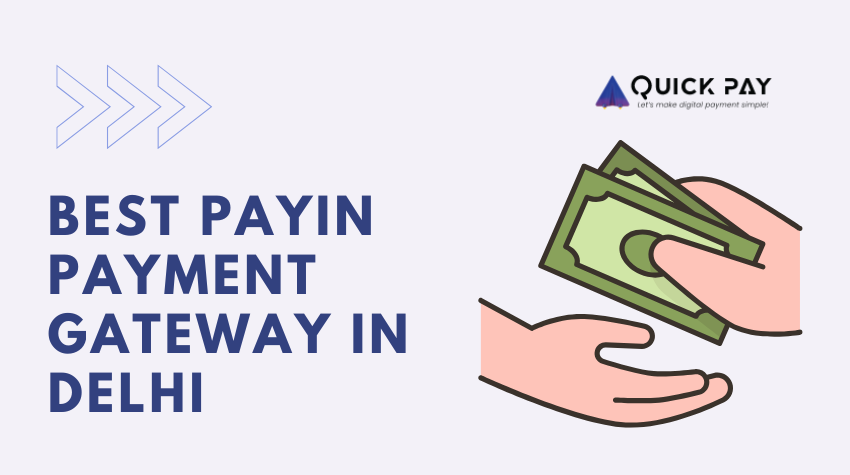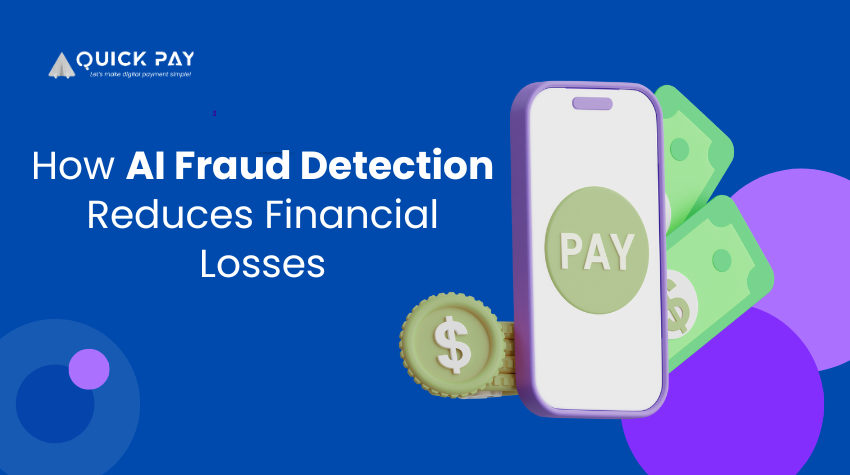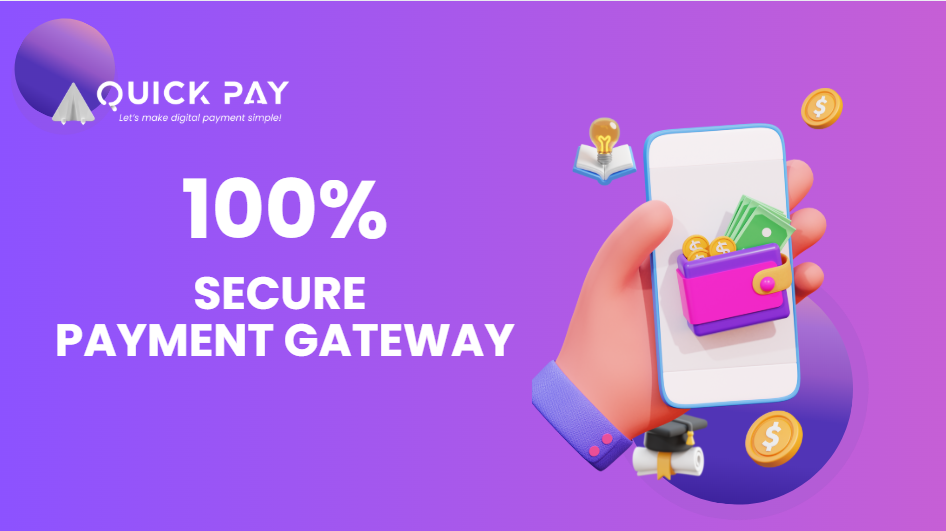Pay-in Payment Gateways in India.
Digital commerce has fundamentally transformed how businesses operate in India. At the heart of this transformation lies a critical yet often overlooked component: the pay-in payment gateway. As businesses across Delhi, Mumbai, Bangalore, and every corner of India embrace digital transactions, understanding and selecting the right pay-in solution has become paramount to success.
The Foundation of Digital Commerce
The term "pay-in" possesses a degree of context-dependency that can lead to confusion if not clearly defined. In its broadest financial sense, a pay-in refers to the fundamental process of depositing funds into any financial account, be it a bank account, an investment portfolio, or a digital wallet.
In the Indian context,a pay-in is the entire process by which a business receives funds from an external party.
Modern pay-in solutions, offered by payment aggregators and gateways, are sophisticated services designed to facilitate this inflow of capital. They empower merchants to accept payments from their customers through a diverse and ever-expanding array of methods. These include traditional options like local and international credit and debit cards, as well as newer, digitally native methods such as e-wallets, bank transfers, direct debits, and even cash-based payment options facilitated through digital means.
Pay-in vs. Payout: A Critical Distinction in the Transaction Lifecycle
The flow of money in any business is bidirectional, and understanding the distinction between pay-ins and payouts is fundamental to comprehending the complete transaction lifecycle. In the simplest terms, pay-ins are incoming payments, while payouts are outgoing transactions.
Conversely, a payout is the disbursement of funds from a business to an external party.
The Role of the Payment Gateway: The Central Nervous System of E-commerce
The payment gateway is the technological linchpin that makes modern digital commerce possible. It functions as a secure intermediary, bridging the critical gap between the customer, the merchant's e-commerce platform, and the complex network of financial institutions involved in a transaction.
The primary functions of a payment gateway are threefold: secure data transmission, transaction authorization, and settlement facilitation. When a customer enters their payment details at checkout, the gateway's first and most crucial job is to encrypt this sensitive information using protocols like Secure Sockets Layer (SSL) or Transport Layer Security (TLS).
This encryption ensures that the data is protected from unauthorized access as it travels across the internet.
Next, the gateway securely transmits this encrypted data to the appropriate financial entities to seek authorization for the transaction. It acts as a secure messenger, forwarding the information to the merchant's acquiring bank or payment processor, which in turn communicates with the customer's issuing bank through the relevant card network (e.g., Visa, Mastercard).
The gateway then receives the approval or decline response and communicates it back to the merchant's website, allowing the transaction to be completed or prompting the customer to try another payment method.
It is important to distinguish the role of the payment gateway from that of a payment processor. While the terms are often used interchangeably, they perform distinct functions. The payment gateway is the technology that securely captures and transmits the payment data from the point of sale. The payment processor, on the other hand, is the entity that actually handles the transaction processing, including the communication with the banks and the authorization and settlement of funds.
The gateway is the secure front door, while the processor is the back-office machinery that moves the money. In many modern solutions, these functions are bundled together, but understanding their distinct roles is key to comprehending the payment ecosystem.
The Historical Evolution of Payment Acceptance
The evolution of payment gateways is not a story of isolated technological invention but a narrative of reactive innovation, shaped by the tandem forces of technological progress and, more critically, shifting consumer behavior. Each significant advancement in payment acceptance has been a direct response to the burgeoning needs of digital commerce, from its earliest days to the present era of ubiquitous connectivity. The history of pay-ins is fundamentally the history of building trust and systematically reducing friction in the digital marketplace.
From E-commerce Genesis to Digital Necessity: The Birth of Payment Gateways
The journey of modern payments began long before the internet, evolving from barter and commodity money to metal coins, paper banknotes, and cheques in the 17th century.
As consumers began to embrace the convenience of online shopping, marked by the first documented secure online credit card transaction in 1994 for the purchase of a Sting album, businesses faced a new challenge.
Traditional methods like manual credit card processing were slow, insecure, and wholly inadequate for the burgeoning digital landscape.
This created an urgent need for a secure and efficient bridge between online merchants and the established financial networks of banks and card schemes.
This necessity gave birth to the first generation of payment gateways. Pioneers like Authorize.net (founded 1994) and CyberSource (1996) emerged to fill this void, creating virtual payment terminals that could retrofit internet-based transactions into the pre-existing processing infrastructure.
Initially, their function was basic: to facilitate the authorization of credit card transactions for online purchases.
However, as e-commerce expanded, so did the complexity of consumer expectations and the sophistication of security threats. The central challenge of this era was building trust. For online shopping to become mainstream, consumers needed assurance that their sensitive financial data would not be compromised. This drove the integration of critical security technologies into payment gateways, most notably Secure Sockets Layer (SSL) encryption, which protected data during transmission, and early fraud detection mechanisms.
These security features were not merely add-ons; they were the foundational elements that made widespread e-commerce viable by instilling confidence in consumers.
The Mobile Revolution and the Shift to Seamless Payments
The 2000s and 2010s heralded a paradigm shift in digital interaction, driven by the widespread adoption of smartphones.
This shift demanded a corresponding evolution from payment gateways. They had to extend their capabilities to mobile devices, adapting to different user interfaces and addressing the unique security challenges of mobile transactions.
The mobile revolution also paved the way for contactless payments. The integration of Near Field Communication (NFC) technology into smartphones and payment terminals allowed for seamless "tap-and-go" transactions, further reducing friction and making the physical act of swiping a card or handling cash optional.
To remain relevant, payment gateways had to adapt quickly to support this variety of new payment methods. The focus of gateway technology evolved from simply processing a transaction to creating a frictionless, convenient, and instantaneous payment journey, as this became the new standard of consumer expectation.
Security also evolved, with features like biometric authentication (fingerprint and facial recognition) and one-time passwords becoming standard for mobile payments.
The Impact of AI, Contactless Technology, and Embedded Finance
The current landscape of payment acceptance is characterized by deep integration and intelligent automation. Payment gateways are no longer standalone tools but are seamlessly woven into the fabric of everyday digital life, facilitating everything from online shopping and bill payments to in-app purchases and subscription services.
The integration of AI and Machine Learning (ML) has become a crucial aspect of modern gateway evolution. These technologies are deployed for two primary purposes. First, they provide highly sophisticated fraud detection and prevention. By analyzing vast datasets of transaction and behavioral patterns in real-time, ML algorithms can identify and mitigate potential fraudulent activities far more effectively than rule-based systems, ensuring the security of transactions and building trust.
Second, AI is used to personalize the customer journey. By analyzing a user's transaction history and preferences, gateways can provide personalized recommendations, loyalty incentives, or dynamically present the most relevant payment methods, thereby enhancing the overall consumer experience.
This evolution has culminated in the rise of "embedded finance," a model where financial services, including payments, are integrated directly into non-financial applications and platforms.
The Business Case for Advanced Pay-in Solutions
In the contemporary digital economy, a robust pay-in solution is not merely an operational necessity but a powerful strategic asset. Moving beyond its technical function of processing payments, an advanced pay-in gateway delivers tangible business outcomes that directly impact a company's bottom line and competitive positioning. These benefits range from increasing top-line revenue by enhancing customer experience to expanding market reach and improving bottom-line efficiency through automation and accelerated cash flow.
Enhancing Customer Experience and Reducing Cart Abandonment
The final step in any online purchase-the payment-is also one of the most critical and fragile points in the customer journey. A clunky, slow, or untrustworthy checkout process is a leading cause of cart abandonment, representing a significant loss of potential revenue for businesses.
Modern consumers expect an intuitive, flexible, and hassle-free shopping experience. A well-designed payment gateway caters to these expectations by allowing customers to make payments anytime, anywhere, and from any device with minimal friction.
Unlocking Global Markets: Multi-Currency and Cross-Border Capabilities
For businesses with ambitions beyond their domestic borders, pay-in solutions are the essential key to unlocking global markets. Historically, one of the most significant barriers to international expansion was the inability to accept payments in local currencies and through preferred local payment methods.
Many modern gateways support multiple currencies, allowing businesses to price their goods and services in the customer's local currency and accept payments without complex manual conversions.
Security, Compliance, and Building Customer Trus
Trust is the currency of the digital economy. A single security breach can cause irreparable damage to a business's reputation and financial stability. A secure pay-in gateway is the first line of defense in protecting both the business and its customers from fraud and data theft.
Robust security is a cornerstone of any reputable gateway. This is achieved through a multi-layered approach that includes advanced encryption of all transaction data, sophisticated fraud detection algorithms that analyze transactions for suspicious activity, and verification systems like the Address Verification System (AVS) and Card Verification Value (CVV) checks.
Equally important is adherence to stringent industry standards. The Payment Card Industry Data Security Standard (PCI DSS) is a set of mandatory security protocols for any organization that handles, stores, or transmits sensitive cardholder information.
Compliance is non-negotiable, and using a PCI DSS-compliant gateway is essential for protecting the business from severe financial penalties and reputational damage that can result from a data breach.
By investing in a secure and compliant pay-in solution, a business not only protects its assets but also builds crucial trust with its customers, giving them the confidence to transact. This choice of gateway directly impacts a company's brand identity; a smooth and secure checkout fosters loyalty, while a poor experience can erode brand perception and reduce customer lifetime value.
Operational Efficiency: Accelerating Cash Flow and Streamlining Reconciliation
Beyond the customer-facing benefits, an advanced pay-in solution drives significant internal operational efficiencies. By automating the payment collection process, gateways handle transactions far more quickly and accurately than any manual method could.
Faster transaction processing accelerates the entire sales cycle, from purchase to settlement. This means that funds from sales are deposited into the business's account more quickly, improving cash flow and liquidity.
This enhanced cash flow can be critical, especially for small and medium-sized businesses, enabling them to pay suppliers, manage inventory, and invest in growth more effectively.
Furthermore, payment gateways provide invaluable data and reporting tools that streamline financial management. They offer a centralized dashboard with access to detailed transaction histories, payment statuses, and refund management capabilities.
Special Focus: Demystifying QuickPay
The user's query specifically requested an exploration of "QuickPay," a name that appears in the digital payments landscape in multiple, distinct contexts. This can create significant confusion for businesses conducting market research. This section clarifies the identity of the two primary entities operating under this name, analyzes their respective offerings, and provides a clear recommendation for businesses operating within the Indian market.
An India-Centric Solution for Education and SMEs
The entity operating under the domain usequickpay https://usequickpay.com/ is an Indian payment gateway, a brand owned by Quicktouch Technologies Limited.
Target Audience: The primary strategic focus of https://usequickpay.com/ is the educational sector. Its messaging and feature set are heavily tailored towards schools, colleges, universities, and coaching centers for the purpose of digital fee collection.
Beyond this niche, it also markets itself as a solution for Indian Small and Medium Enterprises (SMEs), particularly those that may not have a website and require alternative methods for accepting payments.
Features: The platform offers a comprehensive suite of payment options common in the Indian market, claiming support for over 100 payment modes, including credit/debit cards, UPI, netbanking, and mobile wallets.
For businesses without a technical team or website, it provides "no-code" solutions like Payment Pages and Payment Links.
Other key features highlighted include a 100% digital onboarding process, automated payment receipts (crucial for its education vertical), easy integration with existing CRM/ERP software, and customizable reports.
The platform also claims to leverage modern technologies like AI-powered fraud detection and support for subscriptions and Buy Now, Pay Later (BNPL) models.
Pricing: https://usequickpay.com/ advertises a simple and transparent pricing model of a flat 2% fee per transaction. It also mentions the availability of customized plans for businesses with specific needs.
Analysis and Recommendation for the Indian Market
It is crucial to understand that https://usequickpay.com/ and quickpay.net are two separate and unrelated companies that happen to share a similar name. This brand overlap highlights a significant potential pitfall in vendor research: a business could easily conflate the features of the two, leading to a misinformed decision.
For any business operating primarily within India and seeking a solution to accept payments from Indian customers, https://usequickpay.com/ is the relevant and appropriate entity to evaluate. Its payment methods (especially UPI), pricing structure, and target market focus are all aligned with the Indian ecosystem. Its specialization in the education sector is a noteworthy strategic choice, suggesting that businesses within this vertical might find its tailored features particularly beneficial. This vertical-specific approach is a common strategy in a crowded market, allowing a provider to compete effectively against larger, more generalized platforms by offering deeper, niche-specific functionality.
















